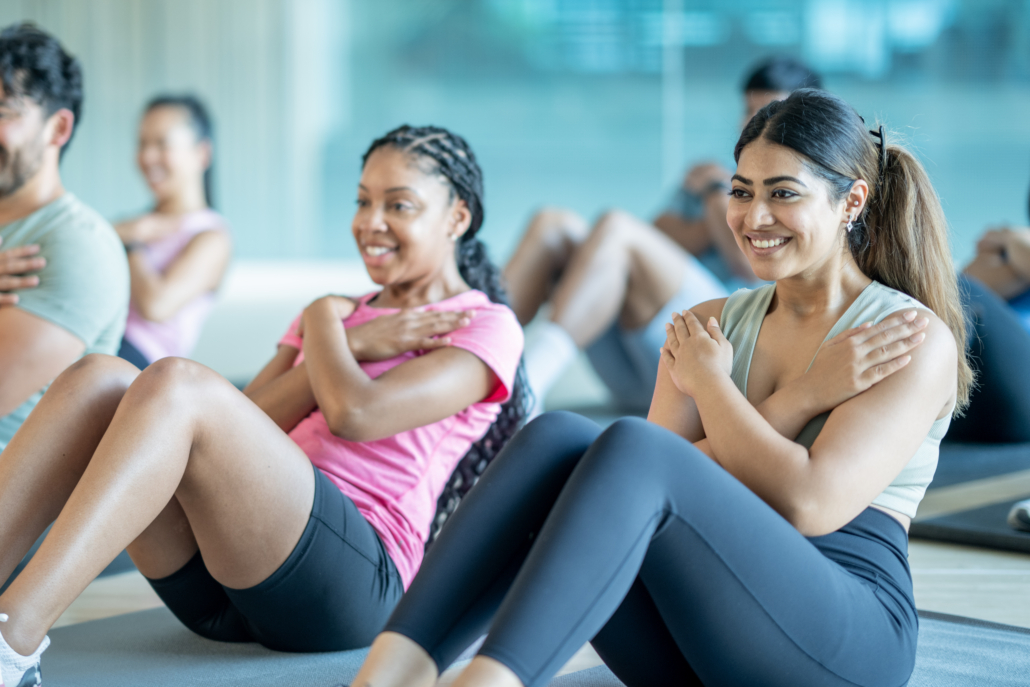Last Updated on August 1, 2025 by Laura Jensen
So, how can we make sure young people know that group exercise is accessible for them and can support their mental health?
There’s a wealth of opportunities out there to help more young people find community and fitness fun within group exercise, all we have to do is put those possibilities out there for them to find.
—
If you’re looking for more information on how to connect with audiences on social media, we’ve recently launched a new video on our Reach Up resource hub, specifically focused on “Video content confidence for social media”. Sign up to Reach Up to access it.
Or, why not check out our blog on elevating your personal branding to give your online presence a boost.
EMD UK is the only governing body dedicated solely to the group exercise community. Our members benefit from our guidance, CPD-accredited courses and over 250 resources. Pro membership with insurance starts from just £51 annually.



